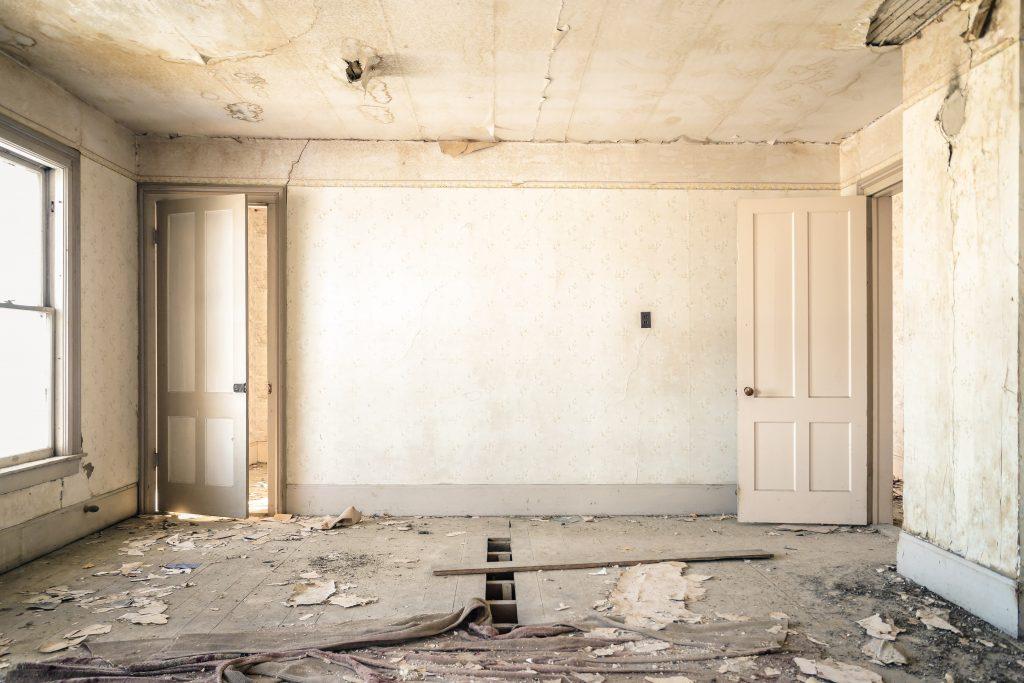Before starting your home renovation, it’s important to make sure you’re prepared for the upcoming project.
Don’t Forget to Budget
Creating a budget is an incredibly important part of any project, no matter the size. The budget dictates what can and can’t be done- whether it’s using particular materials or choosing to extend or raise your home. By creating a realistic budget, you set expectations for yourself and our team. Setting a budget can be crucial, there are so many projects that get cut short or uncompleted due to budgetary reasons. To avoid going over your budget, we always recommend sitting down and creating a list of everything that needs to be done and what will be used in the process. However, the most critical element to consider is the unexpected, more often than not, a surprise will pop up along the way, often causing a dent in the project’s progress. This is why we also recommend allowing for this in the budget so that when an issue occurs, it can be remedied without taking a dent out of the budget.

Plan Ahead
No matter how big or small your renovation project may be, we recommend creating a timeline. This allows you to plan your life around the reno, especially if you may need to vacate the premises or organise alternate bathrooms. Creating a timeline will also help with budgeting. We will be able to help you create a realistic timeline, especially if plans have been finalised.
Utilise Existing Space
Before you start renovating, you should consider the rooms that your home currently has. It might surprise you how a previously unused room can be transformed. Perhaps walls could be knocked down to open up a different space, or maybe it would be a great office or entertainment room. More often than not, we can turn an existing room into something useful and stunning! However, we can also completely change the layout to deliver a whole new space, whatever the job, our team can provide guidance and high-quality results.

Check for any Existing Problems and Fix These First
When it comes to renovations, these can often be due to the aging of a home, which also means maintenance is often required. For some issues, they will be fixed during the renovation, however, it may also be necessary to fix them before beginning the project.
Do your Research
Whilst our experienced team will help you understand the process and any rules and regulations that may apply to your project, it’s also beneficial to do your own research first. This will allow you to have a general understanding from the very beginning.
Consider Why you’re Renovating
Your reason for renovating will impact how the renovation proceeds. If you’re planning on living there afterwards, then the project will be designed for you and your needs and to your style. When it comes to renovating to sell or rent out, your choices will have to become more practical and generalised. A house is more sell-able the more that people can envision themselves living there, so creating an almost blank canvas is the best approach. You may also choose to conduct renovations that increase the value of a home. This could be anything from additional bathrooms to an entire house raise and build under.
Don’t DIY
When it comes to renovations, there are just some things that can’t be learnt through a youtube tutorial. Whilst it may be tempting to save money by completing some, or all, of the project yourself, this can often lead to problems further down the track. So it’s best to speak to a professional who can complete your renovation project to a high standard and in reasonable time.
Don’t Follow Trends
Whilst seeking inspiration for your renovation, you may come across some great trends and while they look great on Pinterest and Instagram, these trends don’t always translate to your home. Find a trend that will age well and will suit you and your home, especially when you’re completing a small reno. There’s no point in applying a trend to just one area of the home when the rest has its style.

Rely on a Neutral Colour Palette
Every year we see a unique, bold colour selected as Pantone’s colour of the year. Whilst it may be tempting to follow the trend and paint a room ‘Classic Blue’ (2020s colour), it’s best to opt for a more neutral colour. If you’re eager to embrace a colour, select statement furniture or even a feature wall to display the latest trends.
Comments are closed.


